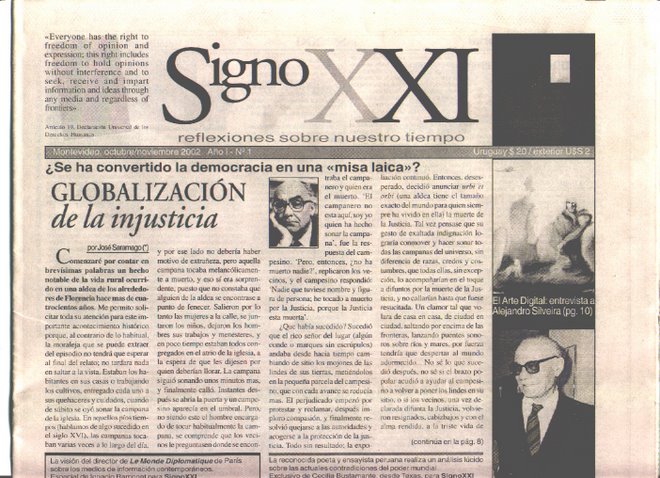Education Push Yields Little for India’s Poor

More children in India are attending school than ever, but the quality of education remains poor. More Photos >
Multimedia

The school in Lahtora was crowded and cold, so classes were held outside. More Photos »
LAHTORA, India — With the dew just rising from the fields, dozens of children streamed into the two-room school in this small, poor village, tucking used rice sacks under their arms to use as makeshift chairs. So many children streamed in that the newly appointed head teacher, Rashid Hassan, pored through attendance books for the first two hours of class and complained bitterly. He had no idea who belonged in which grade. There was no way he could teach.
Another teacher arrived 90 minutes late. A third did not show up. The most senior teacher, the only one with a teaching degree, was believed to be on official government duty preparing voter registration cards. No one could quite recall when he had last taught.
“When they get older, they’ll curse their teachers,” said Arnab Ghosh, 26, a social worker trying to help the government improve its schools, as he stared at clusters of children sitting on the grass outside. “They’ll say, ‘We came every day and we learned nothing.’ ”
Sixty years after independence, with 40 percent of its population under 18, India is now confronting the perils of its failure to educate its citizens, notably the poor. More Indian children are in school than ever before, but the quality of public schools like this one has sunk to spectacularly low levels, as government schools have become reserves of children at the very bottom of India’s social ladder.
The children in this school come from the poorest of families — those who cannot afford to send away their young to private schools elsewhere, as do most Indian families with any means.
India has long had a legacy of weak schooling for its young, even as it has promoted high-quality government-financed universities. But if in the past a largely poor and agrarian nation could afford to leave millions of its people illiterate, that is no longer the case. Not only has the roaring economy run into a shortage of skilled labor, but also the nation’s many new roads, phones and television sets have fueled new ambitions for economic advancement among its people — and new expectations for schools to help them achieve it.
That they remain ill equipped to do so is clearly illustrated by an annual survey, conducted by Pratham, the organization for which Mr. Ghosh works. The latest survey, conducted across 16,000 villages in 2007 and released Wednesday, found that while many more children were sitting in class, vast numbers of them could not read, write or perform basic arithmetic, to say nothing of those who were not in school at all.
Among children in fifth grade, 4 out of 10 could not read text at the second grade level, and 7 out of 10 could not subtract. The results reflected a slight improvement in reading from 2006 and a slight decline in arithmetic; together they underscored one of the most worrying gaps in India’s prospects for continued growth.
Education experts debate the reasons for failure. Some point out that children of illiterate parents are less likely to get help at home; the Pratham survey shows that the child of a literate woman performs better at school. Others blame longstanding neglect, insufficient public financing and accountability, and a lack of motivation among some teachers to pay special attention to poor children from lower castes.
“Education is a long-term investment,” said Montek Singh Ahluwalia, the deputy chairman of the Planning Commission and the government’s top policy czar. “We have neglected it, in my view quite criminally, for an enormously long period of time.”
Looking for a Way Up
Arguments aside, India is today engaged in an epic experiment to lift up its schools. Along the way lie many hurdles, and Mr. Ghosh, on his visits to villages like this one, encounters them all.
The aides who were hired to draw more village children into school complain that they have not received money to buy educational materials. Or the school has stopped serving lunch even though sacks of rice are piled in the classroom. Or parents agree to enroll their son in school, but know that they will soon send the child away to work. Or worst of all, from Mr. Ghosh’s perspective, all these stick-thin, bright-eyed children trickle into school every morning and take back so little.
“They’re coming with some hope of getting something,” Mr. Ghosh muttered. “It’s our fault we can’t give them anything.”
-------------------------------------------------
Ir al Sitio principal Escritos críticos / Ensayos
www.majfud.50megs.com
Reflexiones sobre nuestro tiempo
-------------------------------------------------





No hay comentarios.:
Publicar un comentario